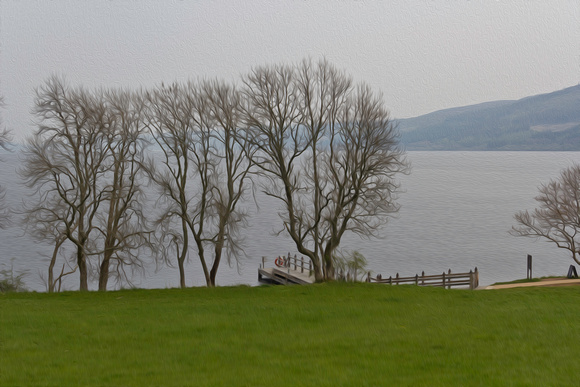Category:Artistic
Subcategory:Digital Compositions
Subcategory Detail:
Keywords:Boat jetty, Castle, Castle in Scotland, Castles of Scotland, Grass, Great Britain, Green, Greenery, Heritage, Heritage monument, Heritage structure, Highlands, Hill, Historical Building, Historical Monument, Historical Structure, Lake, Loch Ness, Plant, Plants Path, Remains, Ruins, Scotland, Scottish Highlands, Tourist Attraction, Tree, Trees, Trees on shore of lake, United Kingdom, Urquhart Castle, Water, tourism


